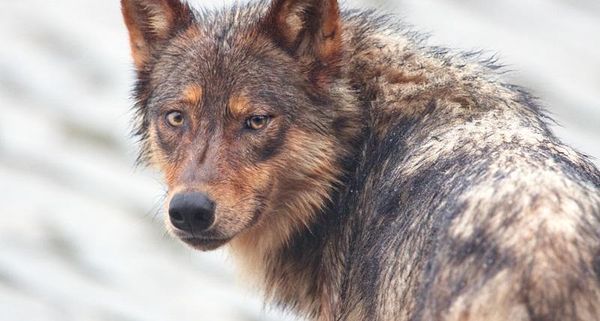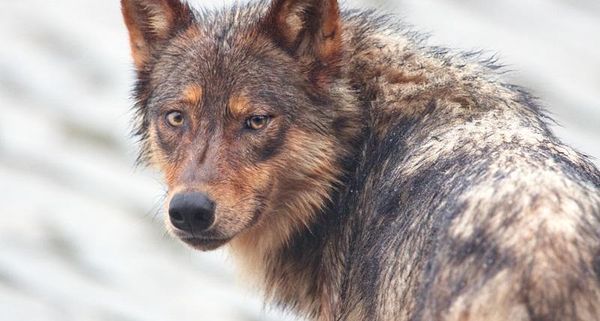
We can only be as successful as our followers will support us to be.
We have all of the current states that we are petitioning to change hunting Regulations, while relocating 23 wolves from Idaho, 6 from Oregon, a possible 38 from Montana, and just received a phone call for 60 more. We need your Support to become the VOICE our Wildlife need. Join us today Please.
Protect The Wolves™ says wolf numbers are declining and the switch will threaten Our Sacred species’ survival.
HELENA — Montana wildlife officials say the way they count wolves is too expensive and falls far short of an actual population estimate, so they plan to switch to a model that uses information gathered from hunters.
However, wildlife advocates say wolf numbers are declining and the switch could threaten the species’ survival. They worry the data is too unreliable to be used to manage the population.
The change, expected within the next three years after improvements to the model, will be cheaper than the annual wolf counts conducted now and provide a more accurate estimate of the total population, Montana Fish, Wildlife and Parks officials said.
“Back in the late ‘90s, early 2000s, we could count every wolf in the state,” wildlife biologist Bob Inman said. “As populations increased into the 700 to 1,000 range, we physically can’t do that anymore.”
The model, which uses hunter sightings to help map areas occupied by wolves, typically puts wolf numbers much higher than the annual minimum counts.
Ranchers and hunters in the state have contended for years that the wolf population is too high and threatens livestock and elk populations.
Wolf advocates say hunting and trapping has led to a decline in wolf numbers in recent years, and the model could obscure the threat the predators are facing.
“If the numbers that are going in are going to be bad, the numbers going out are going to be bad,” said Marc Cooke of the advocacy group Wolves of the Rockies. “I’m very leery of it.”
He said he distrusts hunters’ reporting because of their anti-wolf bias and that state wildlife officials pay too much deference to those hunters.
“There’s a trust gap being developed between the department and wildlife enthusiasts,” he said.
Congress lifted protections for wolves in Montana and Idaho in 2011, but the U.S. Fish and Wildlife Service continued to oversee how those states managed their populations for five years to ensure that hunting and trapping did not drive down the predators’ numbers again. A judge lifted federal protections for wolves in Wyoming in April.
In Montana, six Fish, Wildlife and Parks wolf specialists now verify by sight all the wolves they can to make sure there is more than the minimum required 150 individual wolves and 15 breeding pairs. That means scouring wolf territory year-round on the ground and in the air, an expensive job that became even pricier last year when federal funding ended.
The state has relied primarily on those annual minimum counts, but it also has been using the Patch Occupancy Model since 2007. The model uses data from hunter sightings and runs a formula with variables such as territory and pack size to come up with a population estimate.
The estimates from the model are typically much higher than the minimum wolf counts. For example, the model estimated there were 892 wolves in Montana in 2014 — 61 percent higher than the minimum count of 554 that year.
The model’s population estimates for 2015 and 2016 won’t be available until this summer, Inman said. The annual minimum counts for those years were 536 wolves in 2015 and 477 in 2014.
“In 2016, we didn’t have federal funding and we didn’t direct the specialists to count every wolf,” Inman said. “I’m sure there will be people who will look at that number, and only that number, and think that things are going in the wrong direction, but it’s not the case.”
The minimum counts will still be conducted over the next couple of years while improvements are made to the model at the Montana Cooperative Wildlife Research Unit at the University of Montana.
Cooke said the state agency needs to conduct more outreach and public education to explain what they’re doing, instead of just thrusting it on the public.

Comments
Wolves need to be back in Colorado (and most of the American west) for the health of the ecosystem. Let’s end monitoring system debates and managing artificial controls on predator populations in favor of public re-education on the value of healthy wolf populations. Logic, facts and science may be our best tools to positively influence public opinion and hopefully result in legislation to protect robust wild wolf populations.